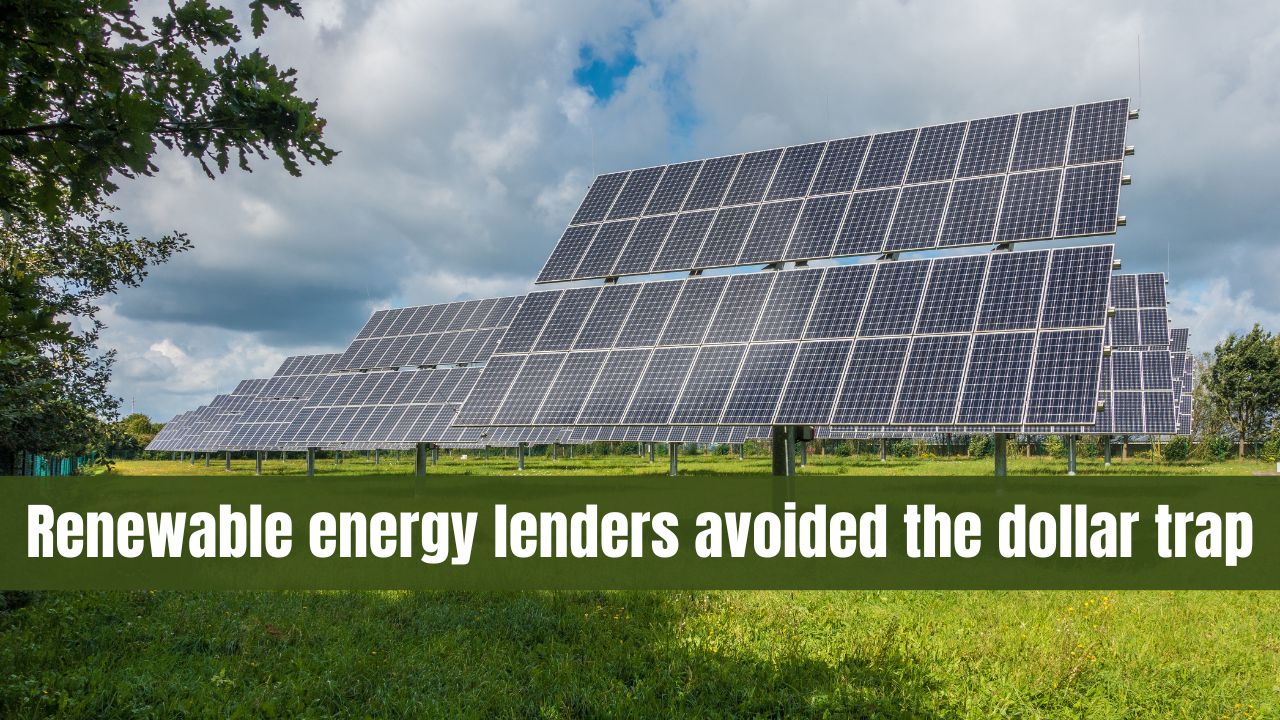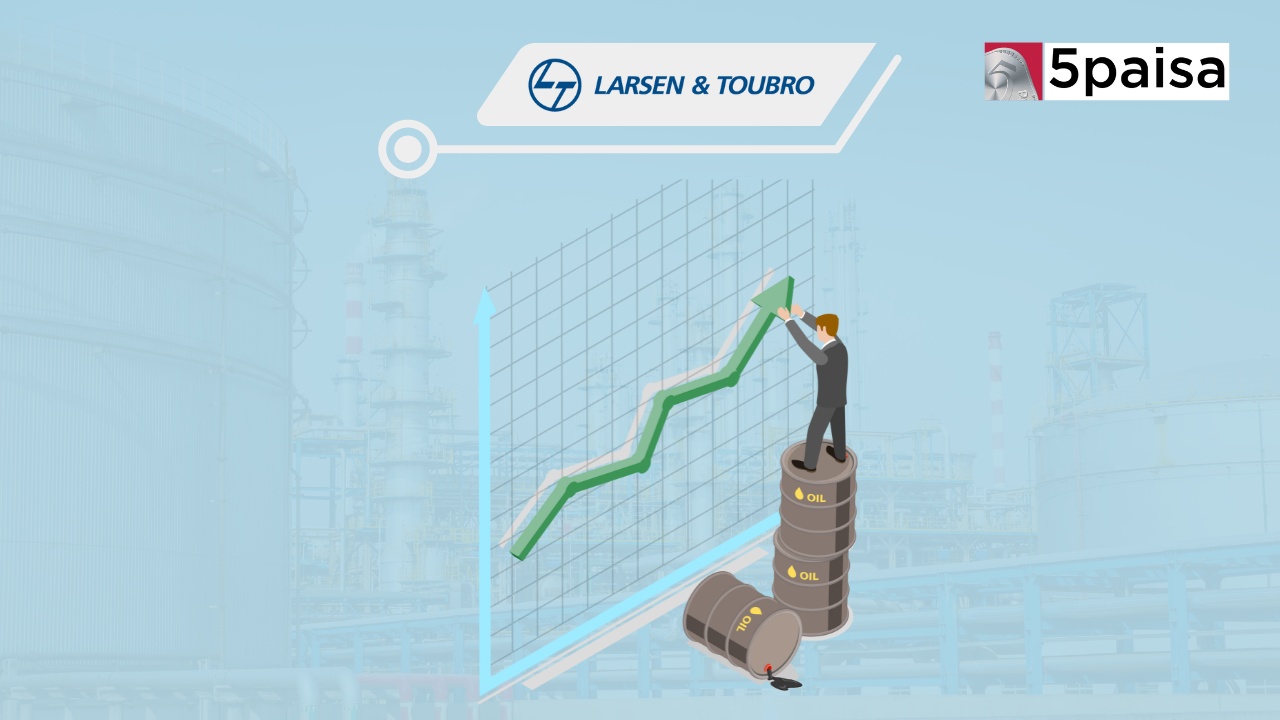How renewable energy companies avoided the Dollar Trap

When the rupee started falling from Rs73/$ and went all the way to Rs80/$, a paper put out by the RBI had raised some concerns. The paper had said that the ideal currency hedging ratio in India was in the range of 65% to 70%, which is sufficient to handle stress. However, the RBI also pointed out that the average Indian dollar borrowings were only hedged to the extent of 50%, which raised a major exposure risk. After all, the rising dollar did make the dollar borrowings more expensive.
One of the big fears was that the renewable energy companies would get into the dollar trap as they had been the most aggressive borrowers in the dollar bond market. Hence it was feared that most of these renewable energy companies could get into trouble due to their huge dollar borrowing levels as well as their slightly precarious financials. However, most of the renewable companies are apparently in a very comfortable situation with respect to their dollar exposures. How did these companies avoid the Dollar Trap?
Broadly there were 3 reasons why the renewable companies are not in a real problem due to the dollar depreciation. The first factor is smart hedging strategies wherein these renewable companies have graded their exposures based on revenue and capital outlays. This has allowed them to reduce the pressure of short term volatility in the dollar. Secondly, there has been an improvement in the underlying credit profile of these renewable companies over the last few years and that has also helped getting finer rates.
However, an important factor that has gone into saving these renewable companies from a dollar trap is the backing of their parent company guarantees. This is largely like to limit the impact of rupee depreciation on the credit ratings of Indian renewable energy companies with outstanding offshore bonds to service. One of the biggest risks in the rupee fall is a downgrade in ratings and group guarantees overcome the problem. This true for renewable energy borrowings that are backed by groups like Adani, JSW group etc.
In the last few years, the Indian renewable energy companies have been one of the biggest issuers of offshore foreign denominated bonds. Most of these foreign dollar denominated bonds run currency risk since the rupee is normally under stress versus the dollar. Many of these renewable energy companies have been aggressively raising billions of dollars in order to refinance domestic loans or to bankroll the construction of new green energy projects. However, something very interesting has come out in a recent note by Fitch.
In a recent note, Fitch has observed that the Fitch-rated portfolio of 11 such renewable energy issuances had a total dollar bond value of approximately $5 billion. The list of borrowers included some marquee names like Adani Green Energy, JSW Hydro and ReNew Power. In eight out of the eleven cases studied by Fitch for its risk survey, it was found that the coupon payments were fully hedged. In all these cases, the first bullet or principal repayment would become due by mid-2024, so there is enough time for dollar to stabilize.
However, most of these renewable companies are well prepared to handle the schedule of amortization payments, mandatory cash-sweeps and bullet or balloon payments. Year 2022 has been an outlier for the dollar since it gained 7% against the rupee in the first 7 months. In contrast, the average annual depreciation in the rupee against the dollar was just 1.8% annualized in the previous five years between 2017 and 2021. As Fitch puts it, any currency risk for these renewable players would only arise in the event of a Black Swan event.
Apart from the interest component on these dollar bonds, even principal payments are hedged for seven out of the eleven companies. For the principal portion, the risk would only arise in the unlikely event of the rupee plummeting against the dollar. While the downside risk is uncapped beyond a certain point, that is more of a theoretical possibility. One more trend seen is that these companies have been using more of options to hedge current risk than futures or forwards. The lower cost of options also reduces the overall cost of hedge.
- Flat ₹20 Brokerage
- Next-gen Trading
- Advance Charting
- Actionable Ideas
Trending on 5paisa
06
 Tanushree Jaiswal
Tanushree Jaiswal
Indian Market Related Articles
Disclaimer: Investment in securities market are subject to market risks, read all the related documents carefully before investing. For detailed disclaimer please Click here.
 5paisa Research Team
5paisa Research Team




